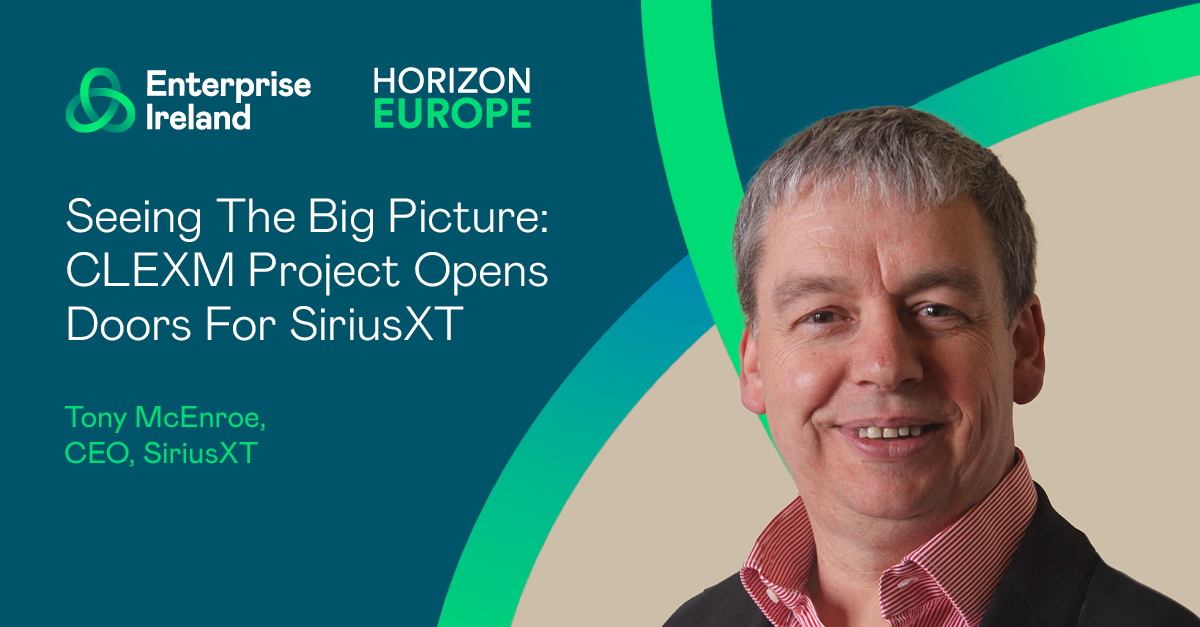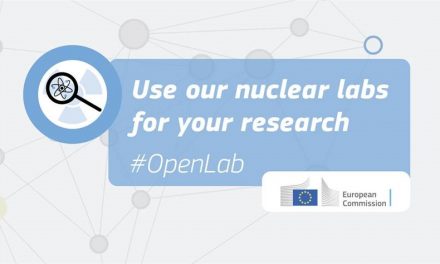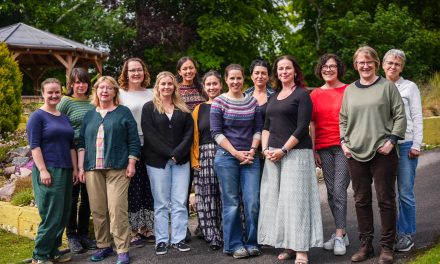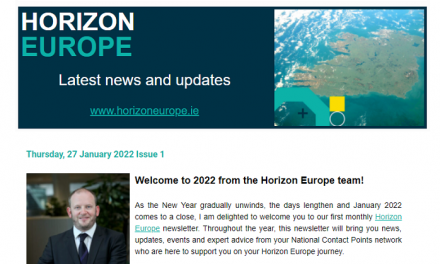For a generation of young readers, Sirius is best known as Harry Potter’s godfather. To those of a more scientific bent, it is the brightest star in the night sky. But to a small research elite, it is the Irish-based company behind a high-resolution microscope that can produce images of the internal structure of biological cells, SiriusXT.
The University College Dublin spinout is leading a new Horizon Europe-funded project, CLEXM, that brings together a consortium of seven organisations across four countries to supervise a network of doctoral candidates through a four-year PhD programme.
CLEXM, or Correlative Light, Electron and X-ray Microscopy, aims to provide high-level training in the field of correlative multimode imaging to this new generation of doctoral candidates who can then go on to progress research into the understanding of diseases and the development of effective therapies.
Funded by the European Union under Horizon Europe as a Marie Sklodowska-Curie Doctoral Networks Action (MSCA-DN), CLEXM began in September 2023. It has received funding of €2.48 million, with €280,000 of this going to SiriusXT as project leader.
Incredible networking opportunity
But for SiriusXT, involvement in the project is not about the money, says the company’s chief executive officer Tony McEnroe. It chose to lead the CLEXM project so that it could put its microscope at the centre of the proposed research and so it could pick partners for the project who were target customers.
“The advantage to the SME is not the money but the incredible opportunity that the MSCA-DN offers in terms of networking with leading European research organisations. The advantage is even greater if the SME can lead the project application and choose both the focus of the research project as well as the partners that are to be involved,” he says.
SiriusXT’s microscope, the SXT100, is the only commercial, laboratory-based solution for imaging the whole subcellular structure of intact cells and currently costs over €2.5 million. “It’s a long sale, it’s a relationship sale,” McEnroe says.
Its target customers are drug research companies and state-funded disease research institutions like the Paris-based Institut Pasteur and Soleil Synchrotron, two of the seven full partners in the CLEXM project.
“I’d really hope at least two of those, and possibly three, would turn into sales,” he says of the consortium members.
Opening doors
Initially, EU support in the form of grant and equity financing was essential to fund SiriusXT’s product development, McEnroe says. But increasingly it is proving “extremely beneficial” in opening doors to new sales opportunities.
“The impact of EU grants on SiriusXT has evolved from being a great support for product development to now being a great support for building target customer relationships,” McEnroe says. He notes that he had been trying to find a good contact in the Institut Pasteur, a large organisation with hundreds of research groups, for almost a year.
“We weren’t really getting anywhere and then we came across somebody who was in the right place and we asked if they would like to collaborate with us on a European grant project.”
“The answer was ‘Absolutely, yes’ and it was like doors opened whereas before it was very difficult for a small company to have the credibility to be able to make contacts within a large organisation like that.”
Commit fully to the process
McEnroe says that the Horizon Europe grant writing process is time consuming, especially in the four to six weeks leading up to the application deadline. He notes that consortium-based grant applications in particular take a lot of time, especially for the lead partner.
“The lead partner tends to invest approximately 80% of the total application time involved and the more partners in the consortium, the more time it takes.
“While the probability of winning a grant is typically in the range of 10% to 15%, you really have to convince yourself that you have a 50% chance of winning. This means that you don’t start unless you are totally committed to doing a good job.”
He also advises would-be applicants to ask one or two trusted people who know how to write a grant application to review the application. “You’ll only get confused with different suggestions if you ask more people than this,” he says.
Tremendous support from Enterprise Ireland
McEnroe notes that over half of the funds that SiriusXT has invested in growing its business have come from EU grants and says the company would never have been able to raise this level of funding in equity financing. “We’ve been incredibly lucky, we applied for four grants and we got four grants,” he says.
The company twice received funding through the SME Instrument, part of the EU’s Horizon 2020 programme, and twice for consortium-based projects, CLEXM and another project called CoCID. Horizon funding has worked so well for SiriusXT that McEnroe recently applied for another MSCA grant.
He says that he received “tremendous support” from Enterprise Ireland and the National Contact Points for the EU funding it has won. Since 2016, this has come to more than €13 million, with around half of this going to Sirius XT.
“The cumulative impact of EU funding for SiriusXT has been very substantial. We would not have been able to get to where we are today without the support of the EU through Horizon 2020 and Horizon Europe,” he says.
If you would like advice about accessing Horizon Europe support or further details, please contact horizonsupport@enterprise-ireland.com or visit http://www.horizoneurope.ie





